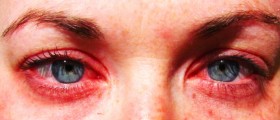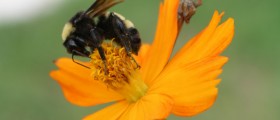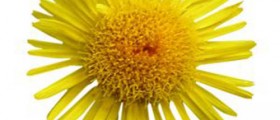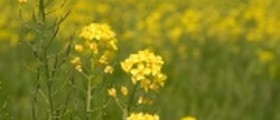
Hay fever is a condition that results from an allergic reaction to pollen (grass, tree or weed pollen). Hay fever, also known as seasonal allergic rhinitis, intermittent allergic rhinitis or pollenosis, commonly develops in pollen seasons, from spring to fall. The condition usually develops in childhood or during teenage years. Hay fever is a common ailment that makes many people miserable. Each year, in a pollen season people are struggling with hay fever symptoms. Those who are allergic to pollen often sneeze and have runny or congested nose. Watery eyes, itching of the eyes, nose or throat, wheezing and cough are also common. But, severity of symptoms may vary from person to person. Hay fever can affect sleep and interfere with performance at school or work in some people. Fortunately, hay fever symptoms can be relieved but it is important to begin with the treatment prior the pollen season and before the symptoms develop.
Hay Fever Facts
People with hay fever typically suffer from pollen allergy. Allergy to mold can also cause hay fever.Hay fever occurs every year, in the same season when allergens like pollen are present. Hay fever can be successfully managed with a proper treatment.Sometimes, hay fever may improve or go away as one gets older.Why Hay Fever Develops?Hay fever, like any allergy occurs when the immune system overreacts to the presence of otherwise harmless substance. When an allergen enters the body, the immune system produces antibodies against them. Every time antibodies come in contact with allergen, the immune system releases chemicals, such as histamine, into the bloodstream. These immune system chemicals are very irritating and cause symptoms of an allergic reaction. Hay fever is in most cases allergic reaction to pollen. Pollen is a fine powder produced and released by plants. Grass, tree and weed pollens are most likely to cause allergic reaction. One can be allergic to one type or several types of pollen. Ragweed pollen is the most common cause of hay fever. Ragweed is a weed that pollinate in the fall. Ragweed discharges pollen into the air, in huge amounts, which makes it almost impossible to avoid. Hay fever can be also triggered by mold. Mold is a type of fungus that releases its spores into the air. Molds like damp and shady places and can grow indoors or outdoors. Unlike pollen, molds do not have season. There is a variety of molds but only few can cause allergic reaction. Additionally, hay fever can be caused by pet dander, dust mites or cockroaches.




_f_280x120.jpg)

-Does-It-Help-Treat-Allergic-Rhinitis_f_280x120.jpg)










Your thoughts on this
Loading...